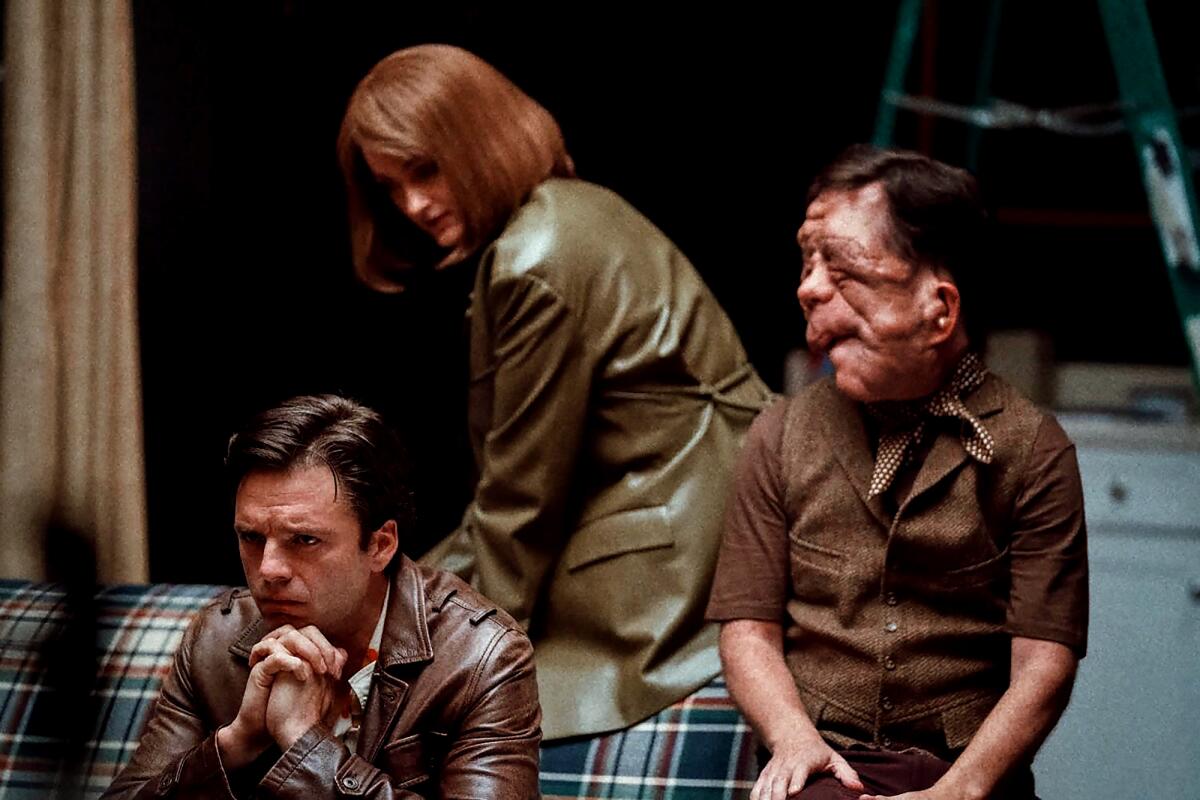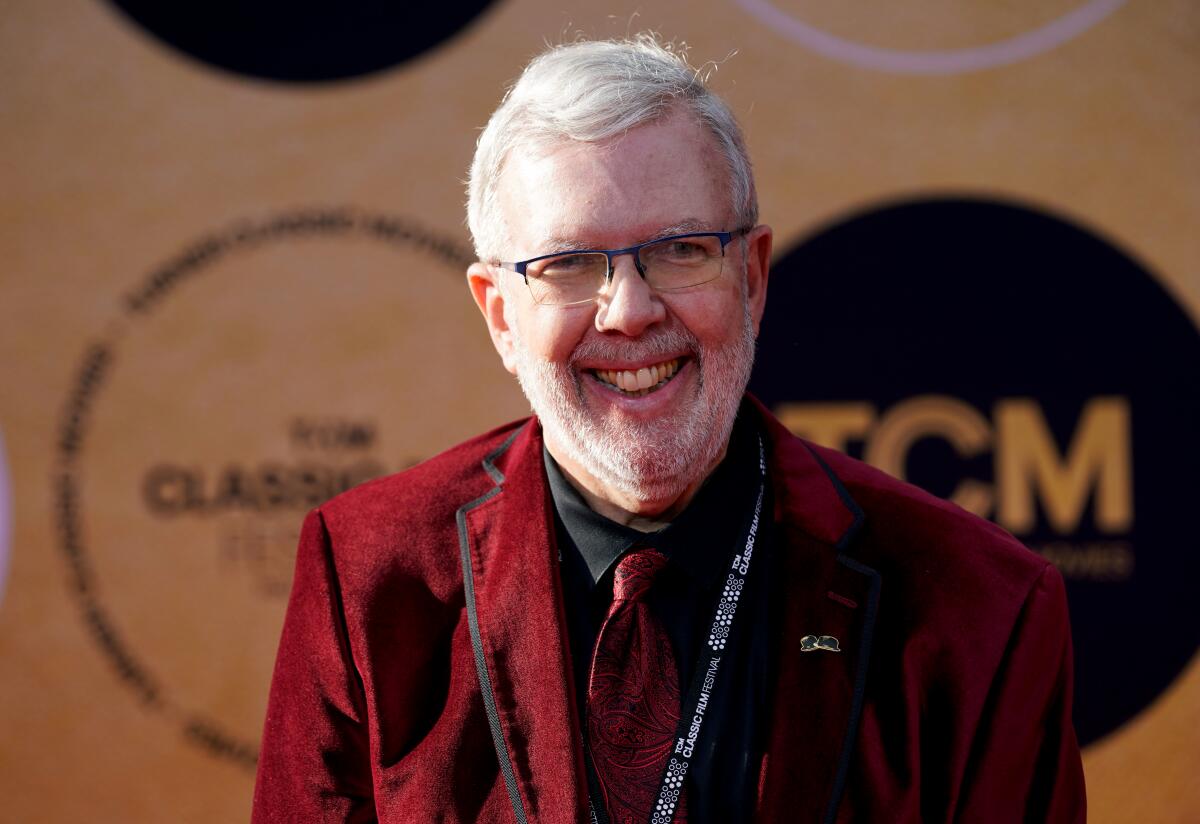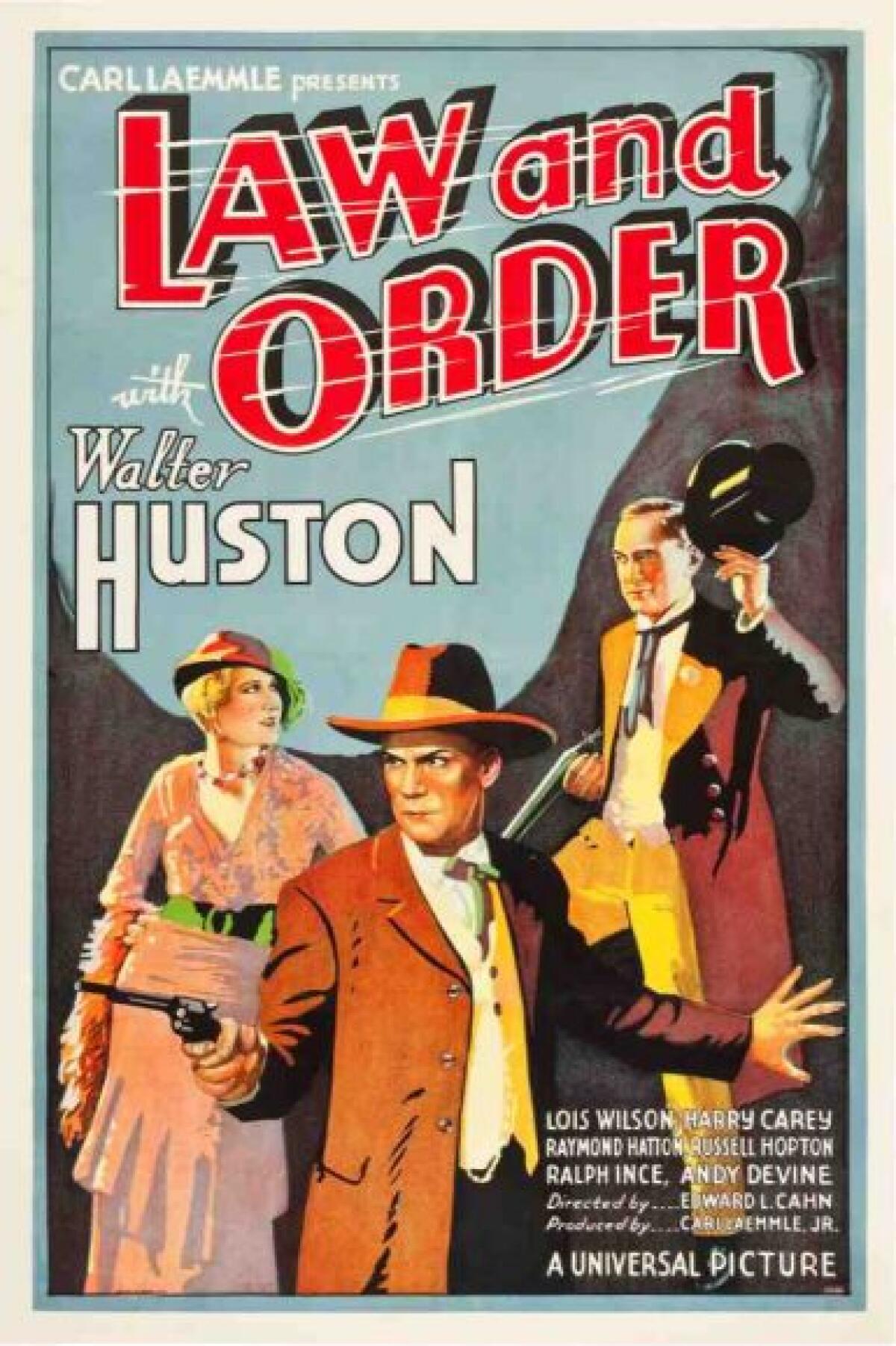Hi! I’m Mark Olsen. Welcome to another edition of your handy guide to the world of Only Good Movies.
Both by Coral Farjit “substance” and Aaron Shimberg “Another man” Two of the highest-grossing films of this year’s festival circuit are set to hit theaters this week.
“Substance” premiered at Cannes, where it won a screenwriting award for Farjit, and also played at the Toronto International Film Festival. Demi Moore plays Elizabeth Sparkle, a fitness TV star who is fired by her sexist, ageist boss, played by Dennis Quaid. She finds a mysterious cure that allows a younger version of herself to emerge from her back, who becomes known as Sue (Margaret Qualley) and takes Elizabeth’s old job. These two people are destined to literally share time on and off every week. But Sue becomes desperate not to give up her beautiful life, which has disastrous consequences.
Margaret Qualley in The Substance.
(location)
Moore, Qualley and Farjit sat down together in London to talk to Emily Zemler about the film and how it tackles issues of ageing and expectations about women’s image and beauty. Moore addressed the film’s gruesome body prosthetics and horror, and how the story’s extremes pushed both actors – the finale required 30,000 gallons of blood splattered from a furnace.
“You have to let yourself know that you’re leaving everything on the table,” Moore said. “He took it and that’s what you want to bring to the table.”
Shimberg’s The Other Man premiered at the Sundance Film Festival earlier this year. Sebastian Stan plays Edward, a man with neurofibromatosis, a genetic disease that causes tumors to grow on his face. The experimental treatment leaves him as Sebastian Stan, but he soon discovers aspects of his life in Oswald (Adam Pearson), an actor with the same condition who plays Edward in a play based on his life.

Sebastian Stan, from left, Renate Reinve and Adam Pearson in The Other Man.
(Matt Infante/A24)
Josh Rottenberg spoke to Stan, Pearson (who has neurofibromatosis in real life), and Oscar-nominated makeup artist Mike Marino, who created the prosthetics for Colin Farrell in the new Penguin series.
As to whether or not Pearson would undergo the procedure depicted in the film, he said no.
“I joke with my friends that my disability adds a lot of weight to my scary personality,” Pearson said. “Everyone thinks about how hard it is to go from non-disabled to disabled. I think the other way around would be harder. The journey we take and the struggles we go through make us who we are and they are inseparable.”
“Babaduk” turns 10 years old

Noah Weisman and Essie Davis in The Babadook.
(Matt Nettheim/IFC Films)
To celebrate Jennifer Kent’s tenth birthday “Babaduk”, which has become something new, the film will return to theaters for a limited time. Many programs include a recorded Q&A between Kent and Alfonso Cuarón. Kent in person for the show. Videos October 1st.
As critic Noel Murray once wrote of the film, “’The Babadook’ is an emotional adventure, a horror film that aims to unsettle, not just shock.”
The film centers on single mother Amelia (Essie Davis) and her 6-year-old son Samuel (Noah Wiseman). Amelia has never fully recovered from the death of Samuel’s father on the night of her son’s birth, while Samuel has behavioral issues that make him a more difficult child. They then seem to be haunted by a strange figure from a pop-up book they read together one night, and Samuel begins having visions of the creature among them.
Manuel Betancourt spoke to Kent about the film’s lasting resonance, including the character’s acceptance by the LGBTQ+ community. Kent explained that he wrote the script while grieving the death of his father, but that its meaning has grown since then.
“I wrote it honestly for myself, from a real place,” Kent said. “And yes, it is about grief. But it’s really more about elimination. And what people are saying: ‘You can’t get rid of me, guys! I’m here! If you try to crush me, I’m going to get bigger, fatter, bigger and more menacing!’”
Leonard Maltin on the rare universals

Film critic Leonard Maltin at the 40th anniversary screening of E.T. the Extra-Terrestrial on opening night of the 2022 TCM Classic Film Festival.
(Chris Pizzello/Invision/AP)
Ever since the Museum of Modern Art unveiled a series of rarities from the vaults of Universal Studios in 2016, film critic and historian Leonard Maltin has wanted to bring some of those films to Los Angeles. New Beverly CinemaMaltin presents six rarely seen films from the 1930s, none of which are available on streaming.
In a phone call this week, Maltin explained why he is so curious about finding new discoveries and so excited about bringing these relative obscurities to a local audience.
“If you see nothing but clinkers, it can be daunting, I admit,” Maltin said. “But if, as you sift through these unknown quantities, you occasionally find hidden gems, that validates the process and inspires more curiosity.”
The program will open with Russell Mack, 1932 Once in a Lifetime, an adaptation of a play by George S. Kaufman and Moss Hart mocking Hollywood. This was followed by John Francis Dillon’s 1932 film The Cohens and Kellys in Hollywood, part of a popular series with cameos by stars such as Boris Karloff and Tom Mix.
“The Cohens and the Kellys in Hollywood” is a film in the series that not even Maltin himself has seen yet and is experimenting with audiences at New Beverly.
“Maybe it’s good, maybe it’s not good, but it’s worth watching,” he said.

Poster for the 1932 film Law & Order.
(Universal Studios)
Film Eduardo L. Cannes, 1932 “I am afraid to speak”, filmed by “Metropolis” filmmaker Karl Freund. is paired with Kahn’s 1932 Law & Order, co-written by a young John Huston and starring his father, Walter Huston.
Two films starring Margaret Sullivan, John M. Stahl’s “Only Yesterday” in 1933 and William Wyler’s “A Good Tale” in 1935, summarize the series.
On what draws him to 1930s films, Maltin said: “It’s my favourite decade along with the 1970s. You can’t find a young filmmaker who doesn’t reference the rock era of the 1970s, and rightly so. And yet I find the same thing about the 1930s. There’s always something interesting, whether it’s the art deco set design or the innovative camera work or the flirtation with questions of good taste or the character actors who filled the box office. There’s always something I find interesting.”
As a longtime chronicler of classic films, Maltin sees the current boom in repertory programming in Los Angeles—with crowds clamoring for formats like nitrate or 70mm, and rare titles finally getting a moment in the spotlight—as hugely encouraging for both audiences and the longevity of film culture.
“I’m thrilled,” Maltin said. “Who would have thought that the word nitrate would be a buzzword and a sales tool? This is a reward. As a full-time proselytizer for these kinds of films, I don’t want to say it’s vindication, but it’s a good feeling.”
Interesting points
‘Rhythm Thief’ restored in 4K

Kevin Corrigan, left, and Jason Andrews in Matthew Harrison’s 1994 film The Rhythm Thief.
(Lorber Cinema)
On Wednesday, Mezzanine A new 4K restoration of Matthew Harrison’s 1994 film makes its world premiere. “Rhythm Thief” with the director’s involvement. The film, reportedly made for just $11,000, captures the energy of New York’s Lower East Side in black and white with an evocative feel. Simon, a cassette tape smuggler – how’s that for period detail! – played by Jason Andrews, struggles to hold on to his life when he sees a woman from his past (Eddie Daniels) with shocking news that sends him on an emotional journey.
No less a film authority than Martin Scorsese has praised the film as “inventive, exciting and original.”
In his original review of the film, Kevin Thomas called it “a celebration of economics in every sense,” adding, “Often absurdly funny and ultimately terrifying, Rhythm Thief… has a sense of life on the edge.”
Heile Gerima “Black lions, Roman wolves: children of Adva”

Director Haile Gerima, photographed at Array Creative Campus in Los Angeles in September.
(Al Seib / Los Angeles Times)
On Saturday, American cinema in collaboration with the inauguration KITFO Film Festival Dedicated to Ethiopian and Eritrean cinema, the first episode of Haile Gerima’s 10-hour documentary “Black Lions, Roman Wolves: Children of Adwa” will be screened, which tells the story of the struggle of Ethiopian patriots during the Second Italo-Ethiopian War. The event will include a Q&A session with Gerima, a Vantage Academy Award winner, and his son Meravi Gerima, the Spirit Award-winning director who protested the ceremony earlier this year.
“Purple Twilight” and “The Pool”

Alain Delon in Jacques Deray’s 1969 film La Piscine.
(Photos by Rialto / Studiocanal)
As part of a series celebrating French actor Alain Delon, who died in August at the age of 88, it will be screened in American theaters. Two Friday movies that present her at her most beautiful: Rene Clemente 1960 “Purple Night” and Jacques Deray in 1969 “Pool.”
“Purple Half” is an adaptation of Patricia Highsmith’s novel “The Talented Mr. Ripley,” starring Delon as the double-edged assassin Tom Ripley (the same role recently played by Andrew Scott in the “Ripley” series). published in 1996, Kevin Thomas wrote, “‘Purple Spear’ belongs to Delon. … His feline grace, his aura of menace, his lonely vulnerability and his sexual magnetism make him the most compelling antihero.”
“La Piscine,” reimagined by Luca Guadagnino as “The Great Laplace,” finds Delon as part of an emotionally charged celebration of Saint-Tropez alongside Romy Schneider, Jane Birkin and Maurice Ronet.
As Robert Abele wrote of the film when it was re-released in 2021, “A holiday in Saint-Tropez is never more photogenic than in the opening moments of this film, which features a fully tanned, muscled Alain Delon and blessedly bright, erotic lighting.” In the film, a fresh-faced Romy Schneider, playing holiday couple Jean Paul and Marianne, engages in some poolside banter. Delon and Schneider were a couple in real life, but remained friendly following their break-up, which he insisted on getting Schneider to act, or he wouldn’t make the film, and the stars’ chemistry easily rivals the potency of the afternoon scene’s natural light source.
